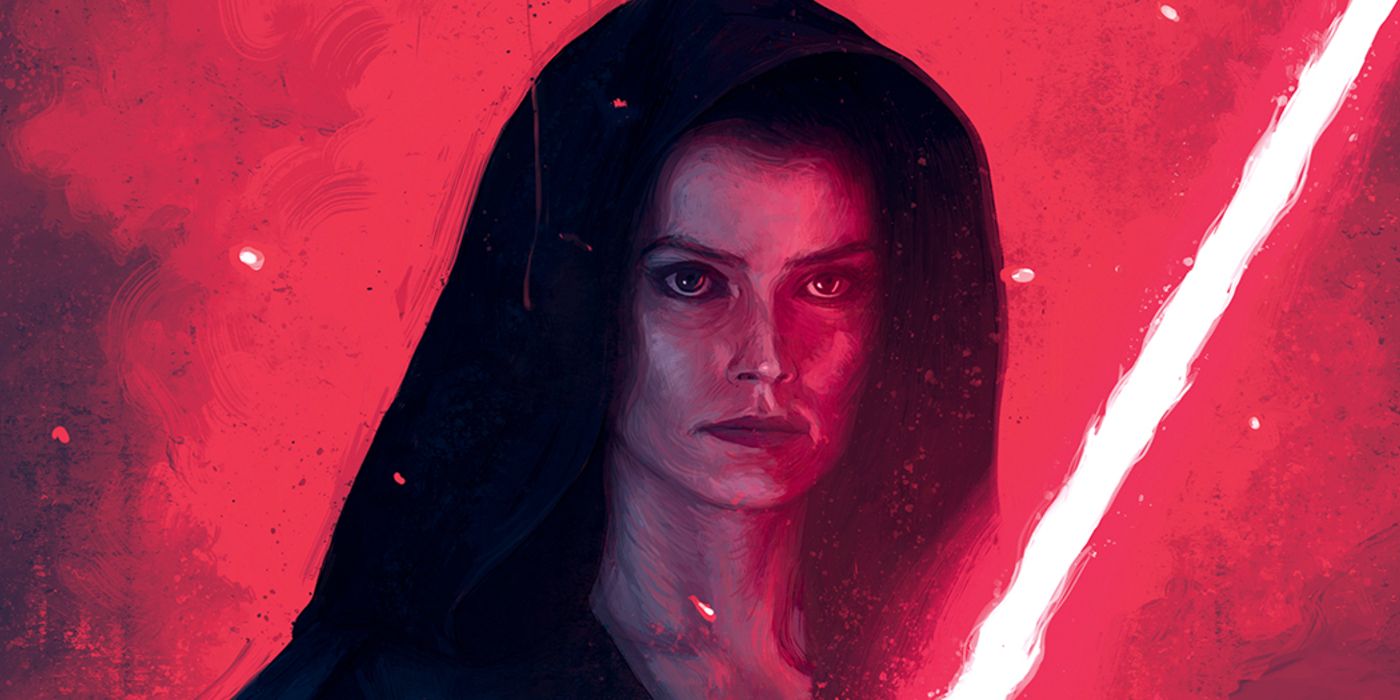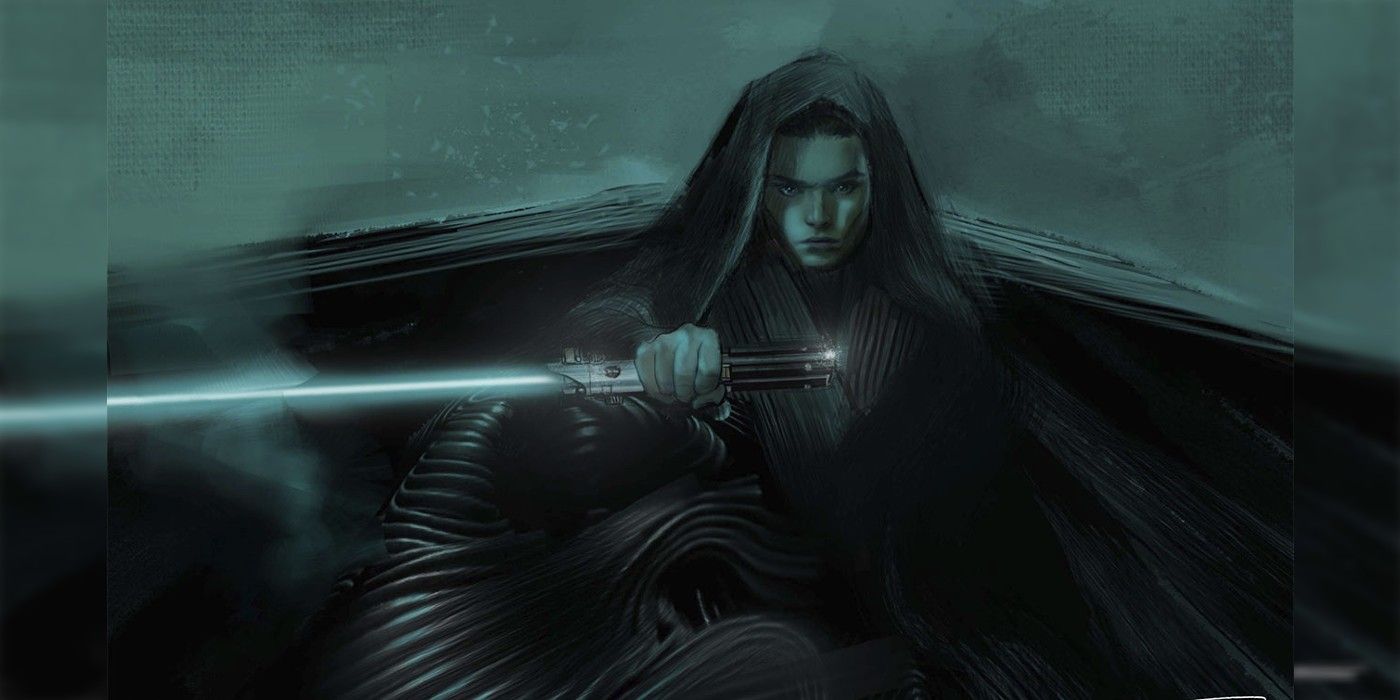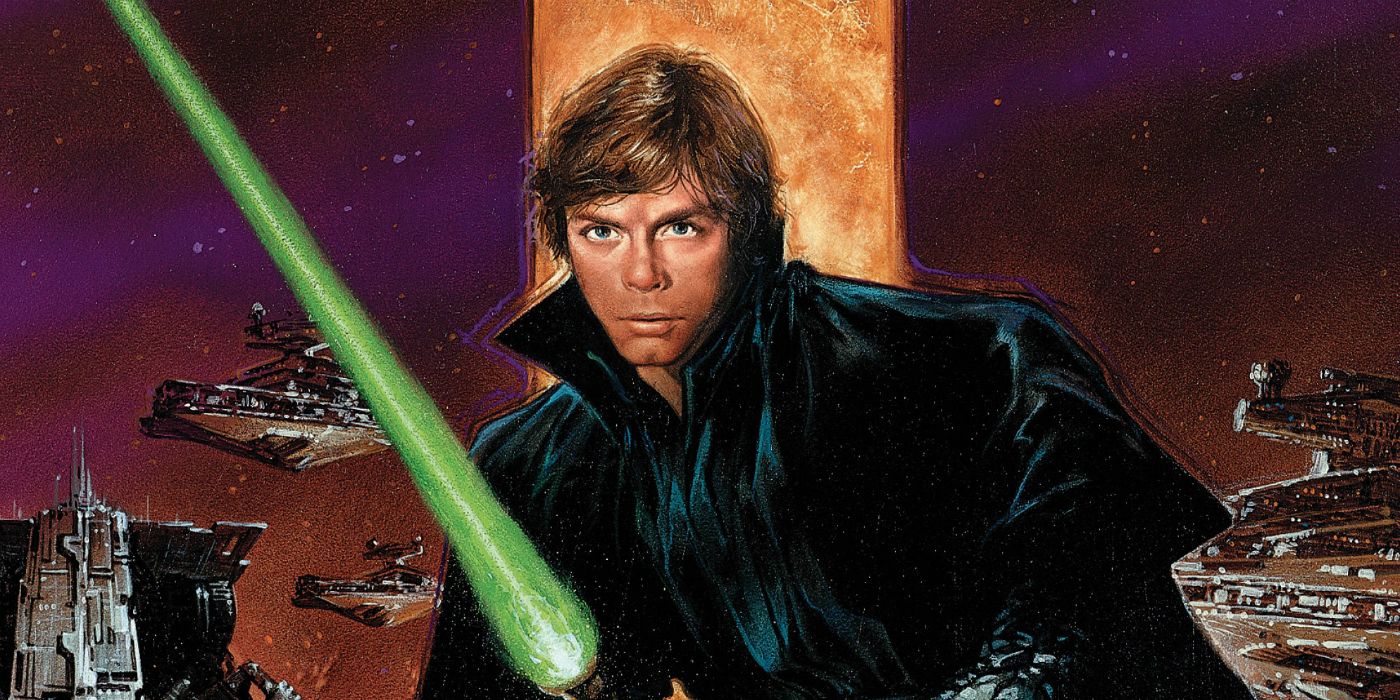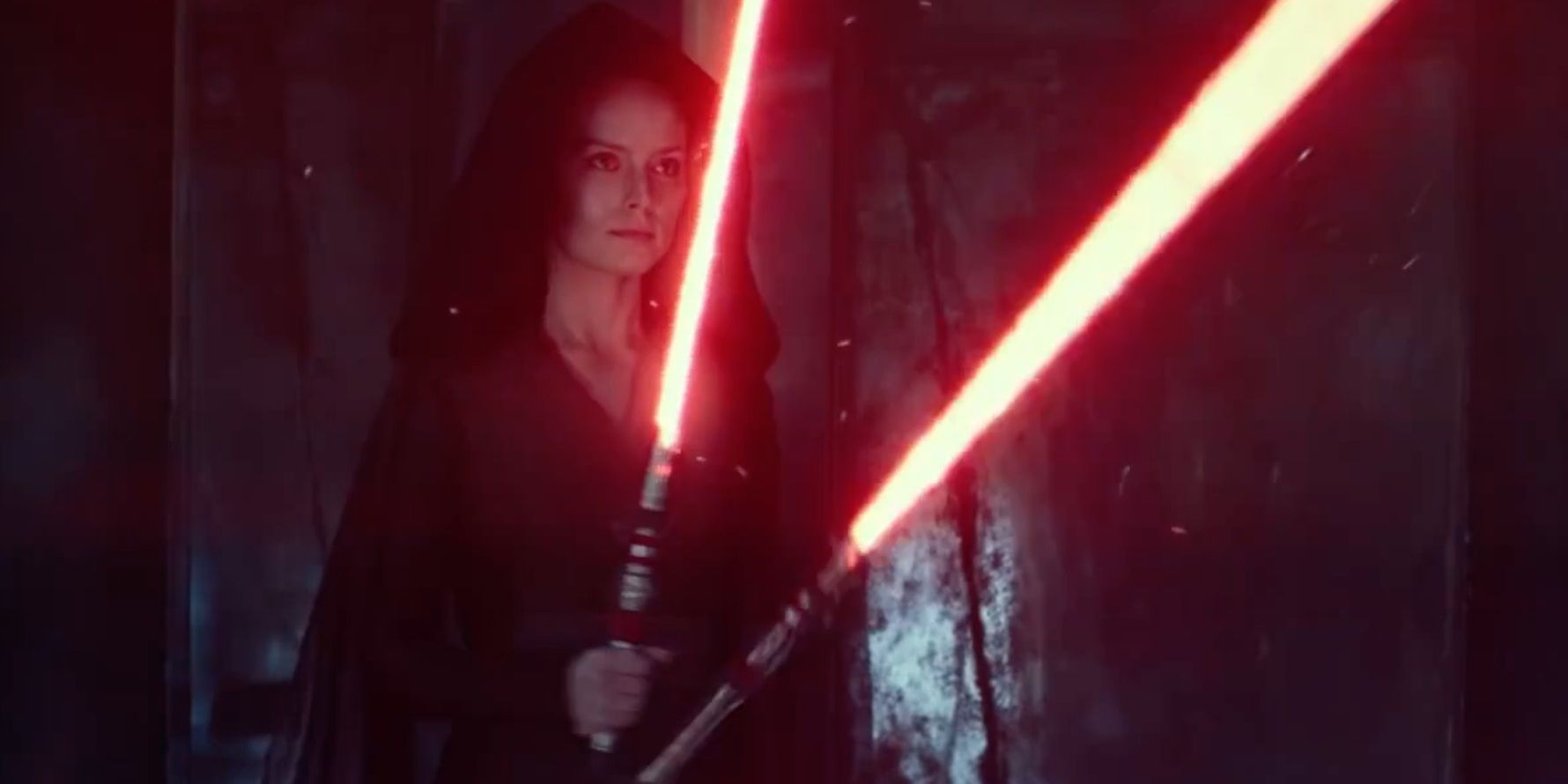Dark Rey was a major missed opportunity in Star Wars: The Rise of Skywalker - and the classic "Dark Empire" comics show how it should have been done. Anyone familiar with the old Expanded Universe will have found the plot of Star Wars: The Rise of Skywalker to be strikingly familiar. The plot was heavily influenced by Tom Veitch's Dark Empire comics, which featured the return of Emperor Palpatine.
Dark Empire was one of George Lucas' favorite stories in the EU, and he even gave copies of it out as Christmas presents to Lucasfilm staff. In this story, the Emperor returned, his spirit having survived death to inhabit a clone body. He had established himself in a last secret redoubt, where his forces constructed a vast fleet of superweapons with which to conquer the galaxy. The similarities aren't exactly difficult to spot, even if it took Rae Carson's novelization to reveal Palpatine was indeed a clone.
For all the similarities, though, writers Chris Terrio and J.J. Abrams would have been wise to take another plot from Dark Empire; because it would have prevented them wasting another potential plot point, Dark Rey.
Dark Rey Was Wasted In Star Wars: The Rise of Skywalker
Viewers were first given a glimpse of Dark Rey in the trailers for Star Wars: The Rise of Skywalker, and the idea immediately captured viewers' imaginations. Was this just a Force vision, or would Rey really fall to the dark side? Lucasfilm swiftly realized the idea resonated, and they used it prominently in the marketing; Dark Rey was even featured on the cover of Empire Magazine. Daisy Ridley was asked about it in interviews, and hinted Dark Rey was real. "I mean, the evidence is on the screen," she observed. "Take that evidence as you will. But there’s no smoke without fire." Lucasfilm deliberately released a behind-the-scenes image of Dark Rey seated on Palpatine's throne.
Lucasfilm recently published The Art of Star Wars: The Rise of Skywalker, and it's clear concept artists loved the idea as well. One stunning sketch, drawn before the art department had seen an overview of the script, envisioned Dark Rey Force-choking Kylo Ren. Several sketches show her wearing a blood-red gown, or a sweeping black cloak that was "more of a flowing dark entity that was surrounding her." Unfortunately, few of these stunning concepts informed the final theatrical cut - because the script didn't use Dark Rey much at all.
Dark Rey appeared in a brief Force vision, a deliberate parallel with Luke Skywalker's experience in the Dagobah cave in The Empire Strikes Back. Rey was shaken to the core by the experience, horrified at the idea she could fall to the dark side, and the prospect became even more terrifying when she learned she was Palpatine's granddaughter. But, in the end, Dark Rey was a misdirect; Rey was never really going to fall to the dark side, because this vision was of a future in which the Emperor's spirit had possessed her body.
Dark Empire: A Better Story Of Darkness & Redemption
Oddly enough, Dark Empire wasn't just about the Emperor's return; it was also about the Skywalker legacy, and in a controversial twist it saw Luke Skywalker himself fall to the dark side. The Emperor's resurrection destroyed Luke's confidence in the light side of the Force; if Palpatine could even return from the dead, how could he possibly be stopped? Luke unwisely concluded he needed to learn the secrets of the dark side in order to defeat the Emperor once and for all, and he agreed to train under Palpatine himself. He had made a critical error in doing so, though, because that meant he fell under the dark shadow of the Emperor's influence. "Destiny has forced me to follow the path our father took," Luke told Leia in a Force-projection. "It was the only way... The only way to save everything... from the power of the dark side!"
Palpatine had made one critical mistake, however; he had failed to factor in Leia's love for her brother. Leia pursued Luke into the heart of the Emperor's new Empire, and she was able to reach him. The two joined together against the power of the dark side unleashed by Palpatine, and the invisible wave of life energy surged over the Emperor, cutting him off from his power and killing him. The story is frankly far more compelling and cohesive than the one told in Star Wars: The Rise of Skywalker.
A Dark Empire Plot Would Have Improved Rise Of Skywalker
In Star Wars: The Rise of Skywalker, Dark Rey is a fascinating concept used all too briefly in a narrative that just doesn't quite work. In contrast, in Dark Empire Luke Skywalker really does fall to the dark side, and the emotional focus of the film is upon the redemptive love of Luke's sister. This approach is far more effective, and a similar arc would have been a lot more satisfying given how prominent a part Dark Rey played in The Rise of Skywalker's marketing.
Of course, in the sequel trilogy the focus would lie not on the brother and sister team of Luke and Leia, but rather on the mysterious bond between Rey and Kylo Ren. Star Wars: The Last Jedi revealed this bond was essentially a thing of balance, because the two were equal in power, and as one turned to the light the other was drawn to the darkness. Following this pattern, as Rey fell to the dark side, Kylo Ren would inevitably feel the call of the light side once again, as though they were on the opposite sides of a seesaw. Just as in the final film, Leia's death could be the thing that restores the light in Ben Solo, but in this interpretation it would set him on a path to confronting Rey. The two would learn to accept they were something different - a Force Dyad - and that they were supposed to be a thing of balance, rather than light or darkness. United at last, they could then stand against the power of the Emperor.
Ironically, this approach would have been a more cohesive end to the entire sequel trilogy. Star Wars: The Last Jedi had stressed the subtle balance of power, of light and dark, and had hinted the first Jedi were servants of balance. This was supported by tie-ins such as Cavan Scott's audiobook Dooku: Jedi Lost, which suggested balance is a separate aspect of the Force, and introduced forgotten Jedi mantras that suggested the ancient Jedi sought to live in "balance true." Unfortunately, of course, Lucasfilm took a very different approach - one that was a lot less satisfying.




